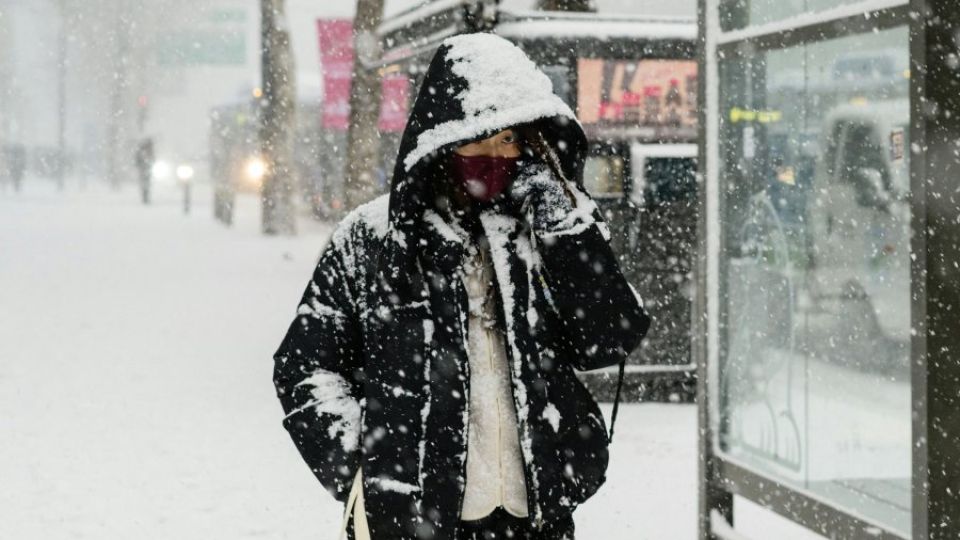February 7, 2025
SEOUL – South Korea is currently experiencing an Arctic cold wave, but a local meteorologist predicted that warmer, spring-like weather is to arrive in late February, leading to an early spring and a prolonged summer this year.
Kim Hae-dong, a professor of environmental engineering at Keimyung University, made this forecast while appearing on a local radio program, discussing the growing influence of global warming and the La Nina phenomenon on recent weather events in South Korea.
“Hot air from the south rises toward the Arctic’s cold air mass, creating an unusual phenomenon where the Arctic becomes warmer than Korea,” Kim said on CBS Radio on Wednesday. “This displaced cold air then moves southward, causing extreme cold in regions that are not typically frigid,” he said, as he explained the reasons behind the ongoing cold snap in South Korea.
However, Kim predicted that the cold weather would subside by the end of February. “This winter will likely see only one or two more cold waves at most. By late February or early March, temperatures will suddenly rise, marking the start of a warm spring,” he said.
Kim noted that last winter was exceptionally mild, followed by a sudden cold snap in mid-March. However, he reassured that this year is unlikely to see a similar late cold spell. “Since temperatures will start rising from late February to early March, the blooming season for spring flowers is expected to arrive earlier than usual,” he said.
Looking ahead, Kim warned that Korea’s climate is becoming increasingly subtropical. “This year, we can expect consistently warm weather starting in March. With temperatures exceeding 20 degrees Celsius in early April, spring will feel more like early summer. We will likely see people wearing short sleeves as early as April,” he said.
He added that summer in Korea now lasts from April to nearly November, signaling a significant shift in seasonal patterns.


